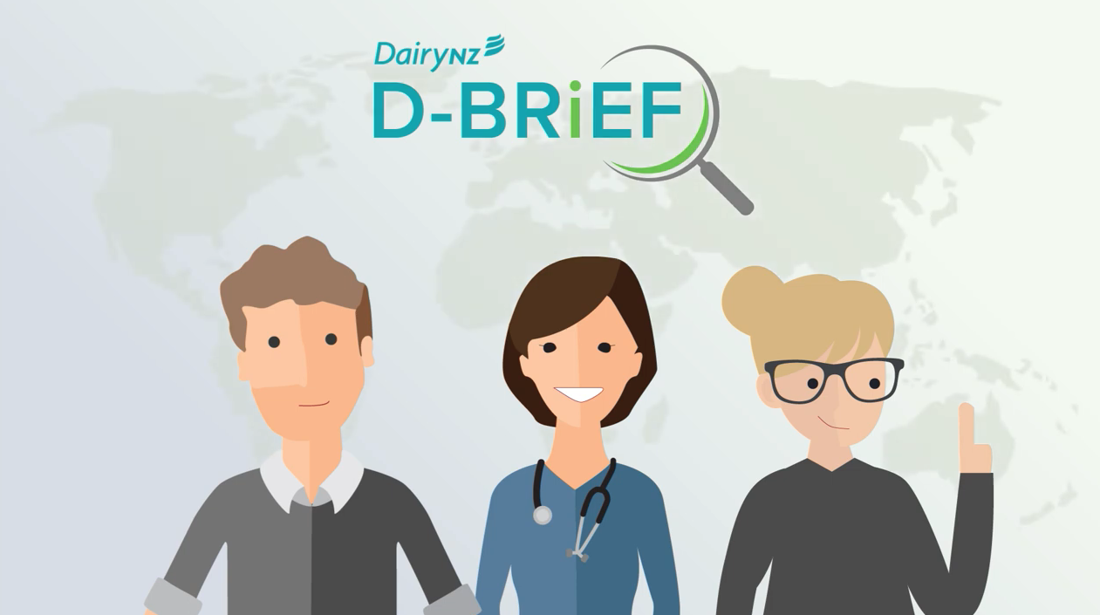Evaluating biosecurity risks
2 min read
Exotic animal diseases, pest plants, and insect pests are significant threats to New Zealand's dairy farming. The page details DairyNZ's proactive steps to identify these risks through the Dairy Biosecurity Risk Evaluation framework (D-BRiEF). This framework helps evaluate the danger these organisms pose to pasture, crop yields, milk production, reproduction, animal welfare, and even farmer's health. By understanding the potential for these organisms to enter New Zealand and their probable impact, DairyNZ aims to make informed decisions to support the dairy sector. This includes working with government on biosecurity measures and developing targeted programmes to detect and respond to these risks.
DairyNZ have taken action to identify a large number of organisms that could come to New Zealand and harm our industry. We have developed the Dairy Biosecurity Risk Evaluation framework (D-BRiEF), an expert-driven framework that examines the biosecurity risk of animal diseases, pest plants and insect pests. On farm these can affect pasture and crop yields, milk production, reproduction and animal welfare. Some of them also pose a serious risk to farmer’s health.
The presence of some of these organisms in New Zealand could greatly affect the ability to trade our dairy and animal products.

Video 2:28 min
While a lot is known about some high-risk organisms such as foot and mouth disease virus, giant ragweed or tropical fire ants, many other organisms are not that well understood and their impact in New Zealand might differ from the impact we see in other countries.
The Biosecurity Act sets out that industries affected by an exotic organism that gets into New Zealand must pay a share of the costs of responding to them.
Given the gaps in knowledge on these biosecurity threats, and that we will have to share the costs of responding to them, DairyNZ has taken action to increase our ability to identify, assess and prioritise these biosecurity risks.
The Dairy Biosecurity Risk Evaluation Framework, (D-BRiEF) enables us to tap into the knowledge and experience of New Zealand and international experts to assess these exotic risk organisms.
This means that we can better understand
This information will allow DairyNZ to make better decisions about how to invest dairy farmers levy in a more effective and targeted way and support the wider dairy sector in understanding and preparing for these risks.
By knowing which organisms are most important to us we can;
work with others to have pre-agreed response plans so we can respond more rapidly and effectively and limit impacts.
Using D-BRiEF to assess biosecurity risks means that our chances of preventing or eradicating new pests and diseases are greatly increased.
Now’s the perfect time to check in, plan, and set up for a strong season. We’ve pulled together smart tips and tools to help you stay ahead all winter long.
Whether you prefer to read, listen, or download handy guides, we’ve got you covered with trusted tools to support your journey every step of the way.
Put our proven strategies and seasonal tools to work. Boost production, support animal health and watch your profits hum.
Tools that are backed by science, shaped by farmers and made for this season.
That’s Summer Smarts.